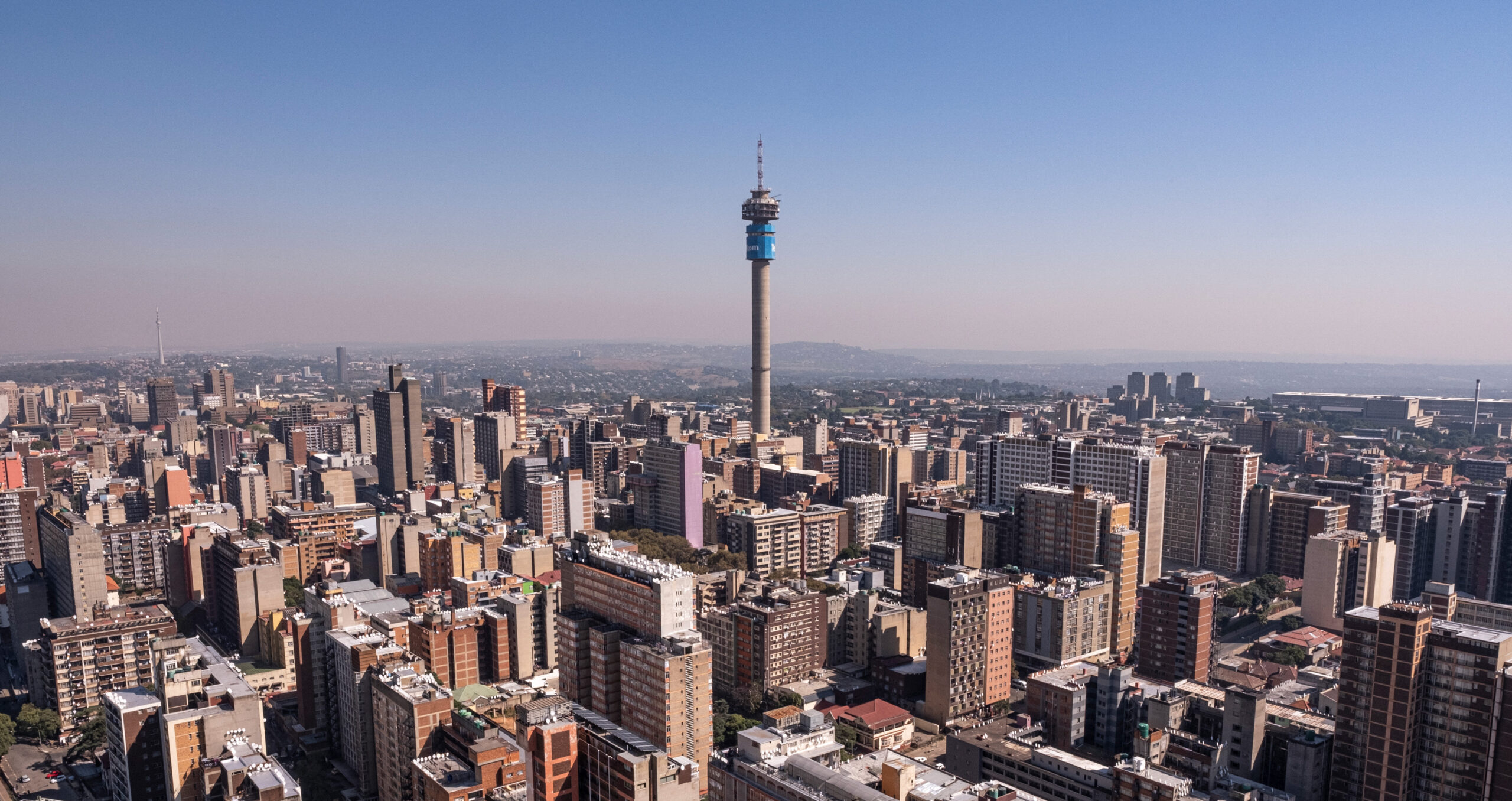
‘Debt distress’ contributing to Africa’s transition finance gap, academics warn

International markets will need to increase grants and other concessional sources of funding if Africa is to meet its climate goals, says a briefing by Cambridge University researchers
African markets’ hesitancy to take on large amounts of expensive market-rate debt from foreign countries is limiting their ability to meet transition finance goals, according to a business briefing by Cambridge University’s Institute for Sustainability Leadership. It found that “while African states will have to increase domestic resource mobilisation for climate spending, the international funding community needs to provide far more finance, and on far more concessional terms, than they are at present”.
The authors estimate that African states will need to spend around $2.5trn by 2030 to reach their transition goals. Emissions reductions, including through increased use of renewables, will make up close to 80 per cent of spending, with plans for adaptation to climate change put at $418bn.
If African countries followed through on their existing financial pledges, they would mobilise $680bn of the required funding themselves and cover roughly half of the two gigatonne equivalent of carbon dioxide in emissions cuts promised under the most recent round of nationally determined contributions published in 2021, the briefing says.
However, total African climate finance, from both domestic and international sources, reached only around $30bn a year in 2019 and 2020. Most of this was raised from public sources (domestic and international) and spent by public actors, with the private sector contributing just 14 per cent across the two years, say the authors, citing data from global non-profit the Climate Policy Initiative.
The briefing attributes the shortfall in climate finance to overall fiscal strain in African countries; an unwillingness to take on new foreign debt; and “insufficient demand for climate projects” which the authors say is due to countries’ unwillingness to spend on technologies such as renewables.
As well as speeding up Africa’s energy transition and adaptation to climate change, providing extra concessional finance will also address the issue of “fairness”, the briefing says, adding: “For African states to bear the responsibility of financing their climate transitions alone, without contributions from those most responsible for historical emissions, will not sit well with their leaders or citizens.”
“Tailor made” climate finance solutions will be needed for each African economy due to varying levels of existing green infrastructure and energy reliance, the authors say. Additionally, the continent’s largest emitters – South Africa, Egypt and Nigeria – will need the bulk of financing to transition their economies away from fossil fuels. South Africa alone will need up to $1trn of financing ahead of 2030 to transform its energy system, according to the authors.
They recommend that, besides further international concessional funding, African countries explore new sources of domestic revenue, such as the liberalisation of energy markets; subnational borrowing; centralised coordination of climate planning; and potentially carbon pricing.
They also propose that climate finance from international sources focuses on “human capital”, such as skills and knowledge development, to improve the long-term investment landscape in African economies.
At COP28 in Dubai in December, 31 countries pledged a total of $12.8bn to the Green Climate Fund, established to assist developing countries in adaptation and mitigation practices to better manage climate change.
The report is available to read here.
Similar Articles

Beware the ‘financialisation of the forest sector’

Finance professionals have ‘increasing’ interest in sustainable finance education


